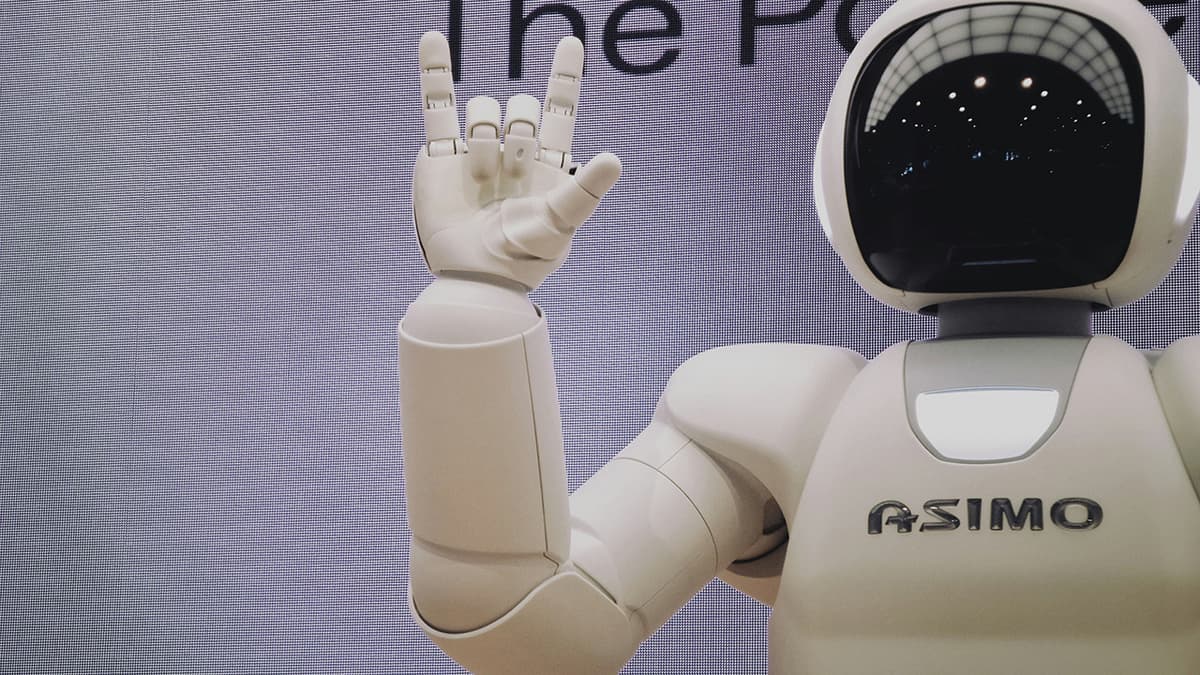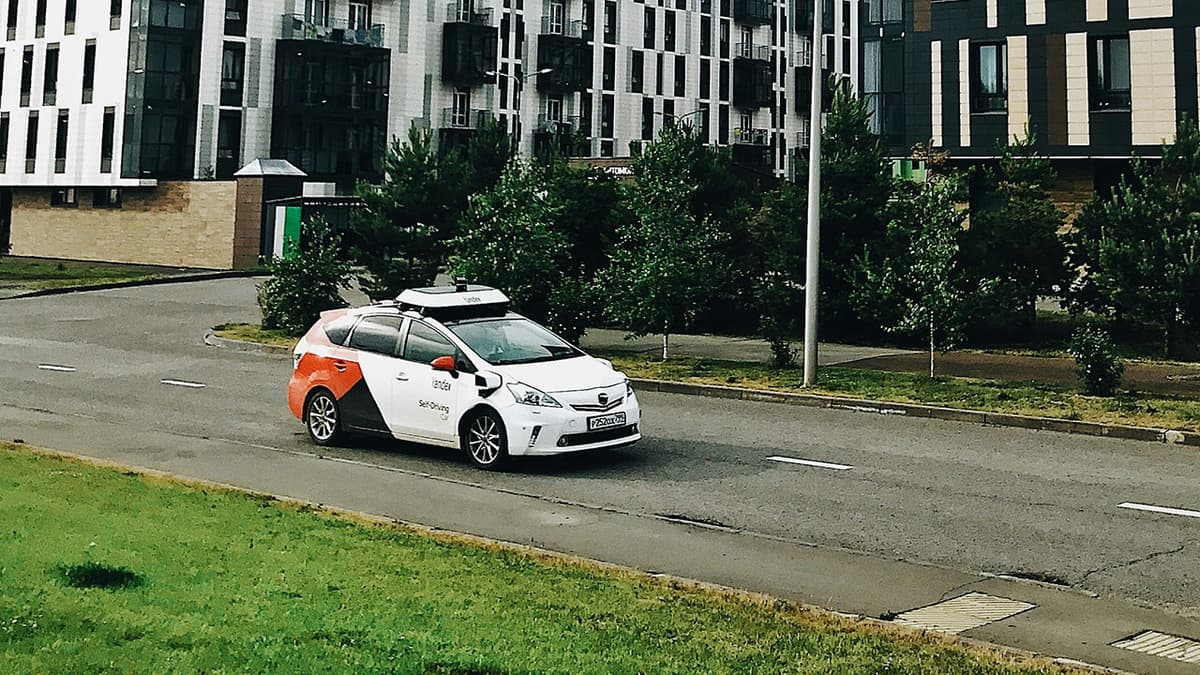Is it possible to use CPU to do GPU's work in theory?
In the world of computers, the Central Processing Unit (CPU) and Graphics Processing Unit (GPU) serve different purposes. CPUs handle general tasks, running the operating system, executing applications, and managing input/output operations. GPUs, on the other hand, are specialized for parallel processing tasks like rendering graphics or performing complex calculations in scientific computing. This article explores whether, in theory, a CPU can take over the responsibilities of a GPU.
What are the main differences between CPU and GPU?
To evaluate if a CPU can perform a GPU's work, it helps to understand their differences:
- Architecture: CPUs have fewer cores, often between 4 and 16, optimized for serial processing and complex decision-making. They have large cache memory and are designed for versatility.
- Parallel Processing: GPUs contain hundreds or thousands of smaller cores that work simultaneously, making them efficient for tasks that can be broken into many small, similar operations.
- Design Focus: CPUs excel at tasks that require fast single-thread performance and complex calculations, while GPUs are optimized for repetitive, highly parallel tasks like image processing or matrix calculations.
Because of these differences, each processor type is suited for different kinds of work.
Can a CPU simulate GPU functions?
In theory, a CPU can approximate some of what a GPU does. This is rooted in the general-purpose nature of CPUs. If a task is parallelizable, a CPU can execute it, but usually much more slowly than a GPU would.
For example, tasks such as rendering images or performing large-scale mathematical computations typically benefit from GPU acceleration. A CPU can process these tasks, but requires significantly more time because it doesn't have the hundreds of cores designed for parallel work. The CPU would have to run many sequential operations, making the process inefficient.
In some scientific and scientific computing applications, software can emulate GPU-like performance on CPUs. These implementations often rely on multi-threading, software parallelization, and vectorized instructions that utilize CPU capabilities efficiently. Nevertheless, they usually do not match typical GPU performance for highly parallel tasks.
Limitations of using CPU for GPU work
While it is possible in principle, there are fundamental limitations:
- Hardware design: CPUs lack the thousands of cores that GPUs have. These cores are essential for processing many tasks in parallel.
- Memory architecture: GPUs are designed with high-bandwidth memory and optimized data pathways for parallel workloads. CPUs have different memory hierarchies that are not ideal for large, parallel data processing.
- Efficiency: Attempting to use a CPU for GPU-like tasks leads to inefficiency. The CPU's design is centered on flexible, fast single-thread tasks. Running parallel workloads would require many complex instructions and switching, slowing down the entire process.
This means that, even if technically feasible to some extent, performance will suffer heavily. For tasks like rendering high-resolution images or training deep learning models, CPUs would be far less effective than GPUs.
Practical examples of CPU attempting GPU work
In some cases, software-based solutions or alternatives allow CPUs to perform GPU-like tasks:
- Software rendering: Some graphics tasks, such as rendering images, can be done using CPU-based algorithms. These are generally slower and less efficient but possible.
- General-purpose computing on CPUs: Many scientific computations, machine learning, and data analysis originally designed for GPUs can be adapted to run on CPUs using specific libraries and frameworks optimized for multi-threading.
- Emulation and virtualization: Software emulators can mimic GPU functions on CPUs, but performance is significantly diminished compared to real GPU hardware.
These examples demonstrate that, in constrained or non-production environments, CPUs can handle some GPU-like workloads.
Future prospects and limitations
Advances in CPU architecture, such as increased core counts and wider vector processing units, blur the line between CPU and GPU capabilities. Some modern CPUs include integrated graphics processing capabilities, enabling basic GPU tasks on the same chip.
Nonetheless, the fundamental architectural differences mean that a CPU cannot fully replace a GPU in tasks requiring high degrees of parallelism. For certain specialized workloads, dedicated hardware will continue to be necessary.
In theory, a CPU can perform some functions similar to a GPU, especially for tasks that are not heavily parallel or where performance is not critical. It can run rendering algorithms, process data, and execute computations designed for parallel execution, but at a much slower rate.
Fundamentally, CPUs and GPUs are designed differently, making the GPU's architecture best suited for highly parallel, repetitive workloads. While CPUs are versatile and powerful for general tasks, they are not, and probably will never be, a complete replacement for GPUs in high-performance graphics rendering or complex parallel computations.












